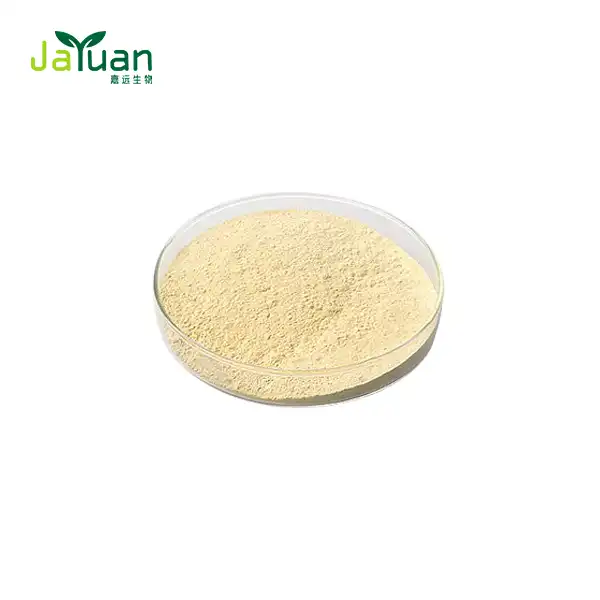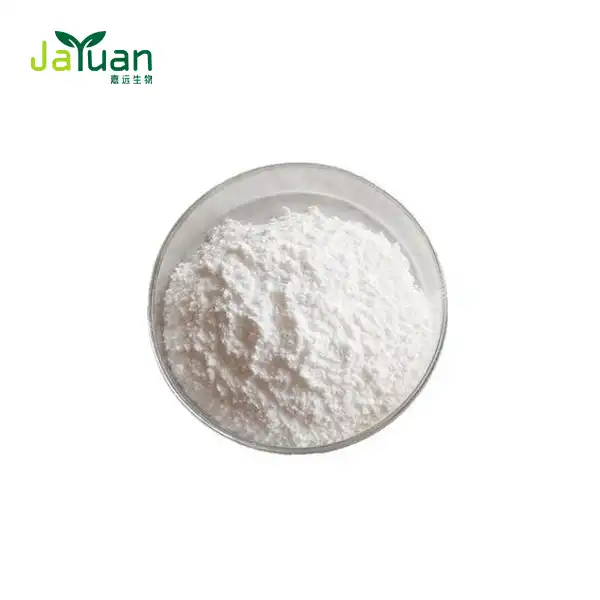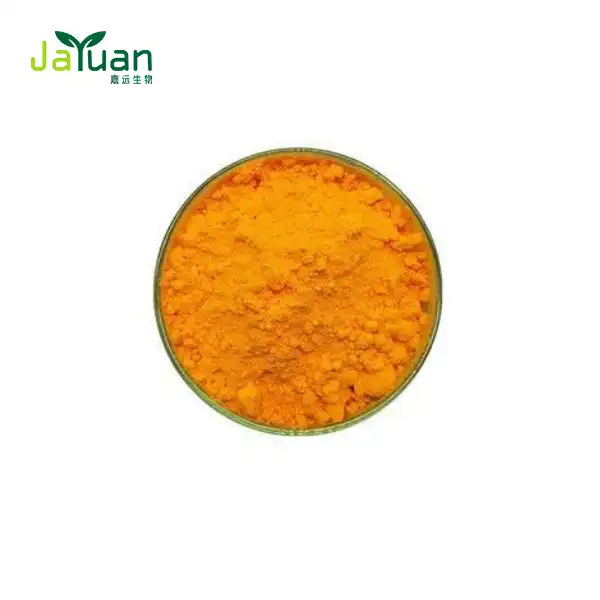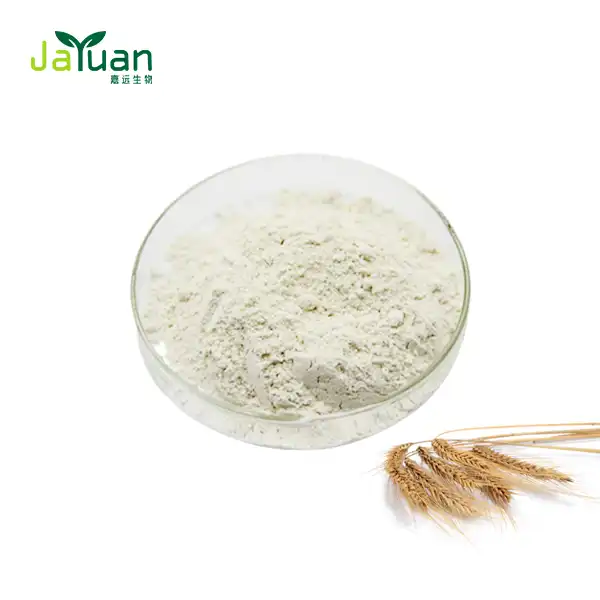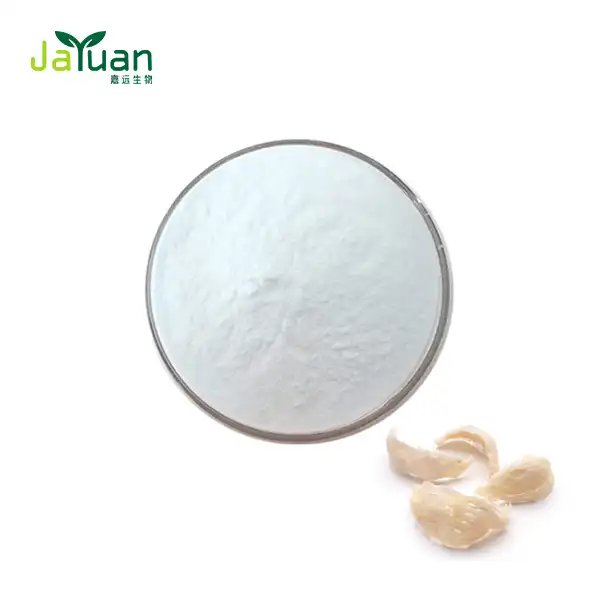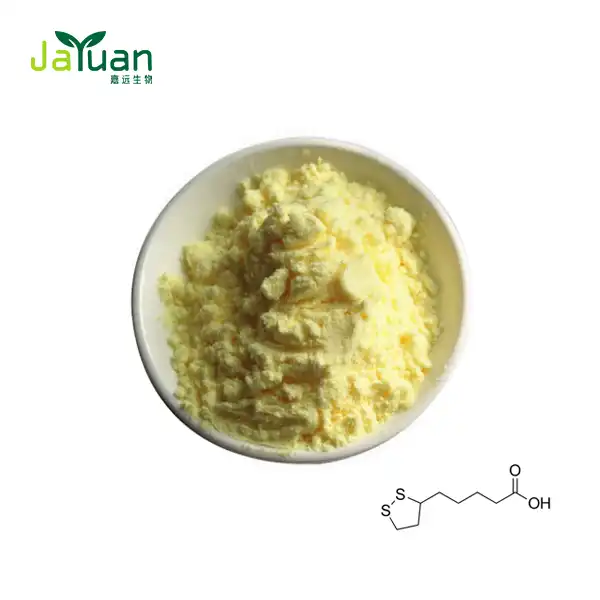How Are Zein Peptides Extracted from Corn?
Zein peptides, derived from corn protein, have garnered significant attention in various industries due to their unique properties and versatile applications. These plant-based proteins offer numerous benefits, ranging from food coatings to pharmaceutical delivery systems. But have you ever wondered how these valuable peptides are extracted from corn? In this comprehensive guide, we'll explore the intricate processes involved in isolating zein peptides from corn, delving into the most efficient solvent systems, comparing extraction methods, and examining innovative techniques that enhance yield.

Which Solvent Systems Extract Zein Peptides Most Efficiently?
The extraction of zein peptides from corn relies heavily on the selection of appropriate solvent systems. These systems play a crucial role in separating zein from other corn components, ensuring a high-quality final product. Let's examine some of the most effective solvent systems used in zein extraction:
Aqueous Ethanol Solutions
Aqueous ethanol solutions are among the most commonly used solvents for extracting zein. Typically, a mixture of 70-90% ethanol in water is employed. This solvent system is particularly effective because:
- It selectively dissolves zein while leaving other corn proteins largely insoluble
- The ethanol concentration can be adjusted to optimize extraction efficiency
- It's relatively safe and environmentally friendly compared to other organic solvents
Aqueous Isopropanol Solutions
Similar to ethanol, aqueous isopropanol solutions are also utilized for zein extraction. These solutions typically contain 60-90% isopropanol in water. The advantages of using isopropanol include:
- Higher boiling point compared to ethanol, which can be beneficial in certain extraction processes
- Potentially higher selectivity for zein extraction in some corn varieties
- Lower water content in the final extract, which can simplify downstream processing
Acetone-Based Systems
While less common than alcohol-based solvents, acetone-water mixtures have shown promise in zein extraction. These systems typically use:
- 70-90% acetone in water
- Sometimes combined with small amounts of reducing agents like sodium bisulfite
Acetone-based systems can offer advantages such as:
- Rapid extraction due to acetone's high volatility
- Potential for higher purity extracts in some cases
- Easier solvent removal in downstream processing
Alkaline-Alcohol Systems
Some researchers have explored the use of alkaline-alcohol systems for zein extraction. These typically involve:
- A combination of ethanol or isopropanol with a small amount of sodium hydroxide
- pH levels around 11-12
The alkaline conditions can help to:
- Improve zein solubility
- Increase extraction yield
- Potentially modify zein properties for specific applications
It's important to note that the choice of solvent system can significantly impact the properties of the extracted zein peptides powder. Factors such as molecular weight distribution, secondary structure, and functional properties may vary depending on the extraction method used.
Step-by-Step: Alkaline vs Enzymatic Hydrolysis Methods
While solvent extraction is a common method for obtaining zein from corn, hydrolysis techniques are often employed to produce zein peptides with specific characteristics. Two primary hydrolysis methods are used: alkaline hydrolysis and enzymatic hydrolysis. Let's compare these methods step-by-step:
Alkaline Hydrolysis Method
- Preparation: Corn gluten meal or zein isolate is mixed with an alkaline solution, typically sodium hydroxide (NaOH).
- pH Adjustment: The pH is adjusted to around 11-12 to create strongly alkaline conditions.
- Heating: The mixture is heated to temperatures between 50-70°C.
- Reaction Time: The hydrolysis reaction is allowed to proceed for 1-4 hours, depending on the desired degree of hydrolysis.
- Neutralization: After the reaction, the mixture is neutralized using an acid, typically hydrochloric acid (HCl).
- Filtration: The hydrolyzed product is filtered to remove any insoluble materials.
- Drying: The filtered solution is spray-dried or freeze-dried to obtain the final zein peptide powder.
Enzymatic Hydrolysis Method
- Substrate Preparation: Corn gluten meal or zein isolate is dispersed in water or a buffer solution.
- pH and Temperature Adjustment: The pH and temperature are adjusted to optimal conditions for the chosen enzyme(s).
- Enzyme Addition: Specific proteases (e.g., alcalase, flavourzyme, or papain) are added to the mixture.
- Incubation: The reaction mixture is incubated for a specified time, typically 2-24 hours, depending on the desired degree of hydrolysis.
- Enzyme Inactivation: The reaction is stopped by heating the mixture to inactivate the enzymes.
- Filtration: The hydrolyzed product is filtered to remove any insoluble materials and residual enzymes.
- Concentration: The filtered solution may be concentrated using ultrafiltration or reverse osmosis.
- Drying: The concentrated peptide solution is spray-dried or freeze-dried to obtain the final zein peptide powder.
Comparison of Alkaline and Enzymatic Hydrolysis
Advantages of Alkaline Hydrolysis:
- Generally faster reaction times
- Lower cost due to inexpensive reagents
- Simpler process control
Advantages of Enzymatic Hydrolysis:
- More specific and controlled peptide production
- Milder reaction conditions, preserving certain amino acids
- Potential for producing bioactive peptides with specific functional properties
- Lower environmental impact
The choice between alkaline and enzymatic hydrolysis often depends on the desired properties of the final zein peptides product. Enzymatic hydrolysis generally offers more control over the peptide profile and can produce peptides with enhanced bioactivity. However, alkaline hydrolysis may be preferred in some industrial settings due to its simplicity and lower cost.

Does Ultrasonic-Assisted Extraction Improve Yield?
In recent years, researchers have explored various innovative techniques to enhance the extraction efficiency of zein peptides from corn. One such method that has shown promising results is ultrasonic-assisted extraction (UAE). This technique utilizes high-frequency sound waves to improve the extraction process. Let's delve into how UAE works and its potential benefits for zein peptide extraction.
Principles of Ultrasonic-Assisted Extraction
Ultrasonic-assisted extraction relies on a phenomenon called acoustic cavitation. When ultrasonic waves pass through a liquid medium, they create alternating high-pressure and low-pressure cycles. During the low-pressure cycle, small vacuum bubbles form in the liquid. As these bubbles collapse during the high-pressure cycle, they release enormous amounts of energy in the form of localized heat and pressure.
In the context of zein extraction, this process can:
- Disrupt cell walls and membranes in the corn material
- Increase mass transfer between the solvent and the solid matrix
- Enhance the penetration of solvent into the corn particles
- Create micro-jets that can accelerate the diffusion of zein into the solvent
Benefits of Ultrasonic-Assisted Extraction for Zein Peptides
Several studies have investigated the use of UAE for zein extraction, and the results have been encouraging. Some of the potential benefits include:
- Increased Yield: Many researchers have reported higher extraction yields when using UAE compared to conventional methods. The cavitation effect can help release more zein from the corn matrix, resulting in improved recovery rates.
- Reduced Extraction Time: UAE can significantly shorten the extraction process, sometimes reducing extraction times from hours to minutes. This can lead to increased efficiency and potentially lower production costs.
- Lower Solvent Consumption: The enhanced mass transfer efficiency of UAE often allows for the use of less solvent, which can be both economically and environmentally beneficial.
- Milder Extraction Conditions: UAE can sometimes enable extraction at lower temperatures or with less harsh solvents, which may help preserve the native structure and functionality of the zein proteins.
- Improved Product Quality: Some studies suggest that UAE can lead to a more uniform particle size distribution in the extracted zein, which can be advantageous for certain applications.
Optimization of Ultrasonic-Assisted Extraction
To maximize the benefits of UAE for zein peptide extraction, several parameters need to be optimized:
- Ultrasonic Power: The intensity of the ultrasonic waves can significantly impact extraction efficiency. Higher power generally leads to improved extraction, but excessive power can lead to degradation of the zein proteins.
- Frequency: Most UAE systems operate at frequencies between 20-100 kHz. The optimal frequency may depend on the specific corn material and extraction conditions.
- Extraction Time: While UAE can reduce overall extraction time, the optimal duration needs to be determined to balance efficiency with potential protein degradation.
- Temperature: UAE can generate localized heat, which may affect extraction efficiency and protein stability. Temperature control and monitoring are crucial.
- Solvent-to-Solid Ratio: The ratio of extraction solvent to corn material needs to be optimized to ensure efficient extraction while minimizing solvent use.
Challenges and Considerations
While UAE shows great promise for improving zein peptide extraction, there are some challenges to consider:
- Scale-up: Translating UAE from laboratory scale to industrial production can be challenging due to differences in energy distribution in larger volumes.
- Equipment Cost: Industrial-scale ultrasonic equipment can be more expensive than conventional extraction setups.
- Protein Modification: The high-energy conditions created by ultrasound may potentially modify the structure or functionality of zein proteins in some cases.
- Process Standardization: Achieving consistent results across different batches and scales may require careful process control and standardization.
Despite these challenges, the potential benefits of ultrasonic-assisted extraction make it an exciting area for further research and development in the production of high-quality zein peptides powder.
Conclusion
The extraction of zein peptides from corn involves a complex interplay of various factors, from solvent selection to processing methods. While traditional solvent extraction remains a cornerstone of zein production, innovative techniques like enzymatic hydrolysis and ultrasonic-assisted extraction offer promising avenues for improving yield, quality, and efficiency. As research in this field continues to evolve, we can expect to see further refinements in extraction methodologies, leading to more sustainable and effective production of these versatile plant-based proteins. If you're interested in learning more about our high-quality zein peptides or other plant extracts, don't hesitate to reach out. At Xi'an Jiayuan Bio-Tech, we're committed to providing top-notch products and customized solutions to meet your specific needs. Contact us today at sales@jayuanbio.com, sales1@jayuanbio.com to discover how we can support your business with our premium plant extracts.
References
1. Anderson, T.J. and Lamsal, B.P., 2011. Zein extraction from corn, corn products, and coproducts and modifications for various applications: a review. Cereal Chemistry, 88(2), pp.159-173.
2. Luo, Y. and Wang, Q., 2014. Zein-based micro-and nano-particles for drug and nutrient delivery: A review. Journal of Applied Polymer Science, 131(16).
3. Zheng, J., Zhu, Y., Luo, Y. and Wang, Q., 2019. Zein-based materials and their usage in food packaging. Trends in Food Science & Technology, 85, pp.129-137.
4. Corradini, E., Curti, P.S., Meniqueti, A.B., Martins, A.F., Rubira, A.F. and Muniz, E.C., 2014. Recent advances in food-packing, pharmaceutical and biomedical applications of zein and zein-based materials. International Journal of Molecular Sciences, 15(12), pp.22438-22470.
5. Wang, Y. and Padua, G.W., 2012. Nanoscale characterization of zein self-assembly. Langmuir, 28(5), pp.2429-2435.
6. Shukla, R. and Cheryan, M., 2001. Zein: the industrial protein from corn. Industrial crops and products, 13(3), pp.171-192.

